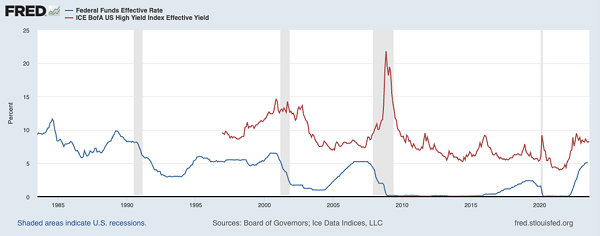Over a decade ago, closed-end funds (CEFs) helped me achieve financial independence. Since then I’ve seen hundreds of other people use them to get there, too. I’m certain these unloved funds—payers of 8%+ dividends—can help you do the same.
Well, I shouldn’t say “unloved.” “Misunderstood” is more accurate.
As I write this, the CEFs tracked by my CEF Insider service yield 8.3% on average. But because the CEF market is small and off the radar to most folks, many don’t know what to look for in these high-yielding funds—if they know about them at all.
Today we’re going to change that by looking at a couple common mistakes people make when choosing CEFs, and how these errors can lead them to miss out on 8%+ yielders that offer sustainable payouts and strong gain potential, too.… Read more




Recent Comments